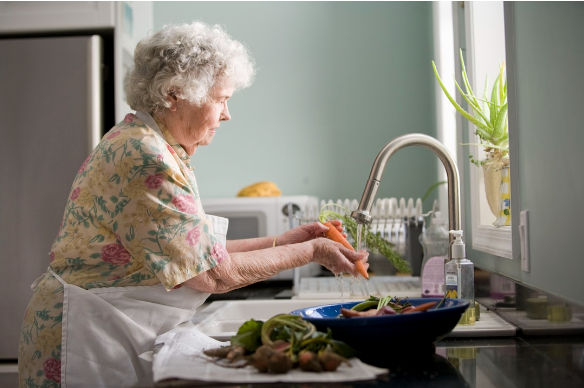How To Stay Healthy in Your Golden Years

Navigating the golden years with grace and vitality involves more than just comfortable living; it requires conscious health decisions and lifestyle adjustments. From maintaining an active lifestyle to keeping the mind sharp and engaged, the quest for ongoing well-being is paramount. Understanding the pivotal role of nutrition, exercise, social connections, and preventive care can transform these later years into a time of growth and fulfillment. Keep reading to uncover the pillars of health that are necessary for flourishing in your golden years.
Embracing Nutritional Wisdom for Longevity
As we age, our nutritional needs evolve, making it vital to adapt our diets accordingly. This isn’t just about reducing calories, but about enriching our plates with a rainbow of fruits and vegetables, lean proteins, and whole grains. Antioxidant-rich foods can combat oxidative stress, a process linked to aging and chronic disease, while fibers support digestive health. Water intake becomes increasingly important in later years, as the sensation of thirst diminishes.
Focusing on heart health is essential, and advice from experts such as Arash Bereliani, a renowned cardiologist, can offer tailored guidance. Visiting a cardiologist regularly should be an integral part of any senior’s healthcare routine. Early detection, timely intervention, and personalized guidance can assist you in preventing heart-related complications and ensure a healthy and robust cardiovascular system. By prioritizing heart health and seeking expert medical opinions, seniors can enjoy a better quality of life and age gracefully.
Adopting mindful eating habits, and possibly seeking assistance from a nutritionist, can guarantee that you’re not only savoring your meals but also deriving maximum nutritional benefit from them. This foundation of good nutrition is critical for maintaining energy levels, supporting immunity, and enhancing quality of life.
Social Connectivity and Mental Health in Later Years
Loneliness can be a silent ailment among the elderly, but maintaining strong social bonds is a potent antidote. Access to transportation may be a hurdle for some seniors, but services like GoGoGrandparent Review demonstrate how technology can help. As people age, driving can become more challenging. Still, giving up driving independence can be a daunting task that hinders or restricts seniors from getting out and about as they please. GoGoGrandparent provides a simple and easy-to-use platform through which seniors can request rides without the need for a smartphone or app.
Friendships and family connections provide emotional support and can lead to improved mental health and longevity. Being part of a community, whether through volunteer work, clubs, or religious groups, adds a sense of purpose and belonging.
Stimulating the mind through social interaction can ward off cognitive decline. Engaging in conversations, playing games, or participating in group classes stimulates the brain and encourages new neural connections.
This social engagement is as much a part of healthy aging as physical well-being. Keeping in touch with loved ones through technology like video calls or social media can also bridge the distance gap. This blend of in-person interaction and digital communication enables you to maintain a rich social fabric that supports mental well-being.
The Importance of Staying Active and Fit
Physical activity is a cornerstone of well-being, particularly as we venture through our later years. Engaging in regular exercise helps maintain muscle mass, improves balance, and reduces the risk of falls. A blend of strength training, aerobic activities, and flexibility exercises can cater to these various health aspects. Choosing activities that you enjoy encourages consistency; whether it’s swimming, walking, yoga, or another form of movement.
Senior fitness classes offer both a social environment and tailored exercise programs, making fitness both accessible and communal. For those with mobility challenges, adaptive exercises can ensure continual physical engagement. From seated exercises to low-impact aquatic workouts, there are myriad ways to stay active regardless of physical limitations. Professional guidance from a physical therapist or personal trainer can tailor a safe exercise regimen.
It’s not just about structured exercise, however; everyday activities like gardening, playing with grandchildren, or simply taking frequent, short walks contribute to an active lifestyle. The key is to embed movement into daily life, nurturing both body and mind while fostering independence.
Overall, the journey through the golden years is rich with opportunities for maintaining and enhancing one’s health. Through conscientious nutritional habits, regular physical activity, strong social networks, diligent preventive care, and effective stress management, seniors can embrace a lifestyle that supports both longevity and quality of life. Altogether, these practices form the mosaic of healthy aging, a picture that is as diverse as it is beautiful.
Read more here for more information.





